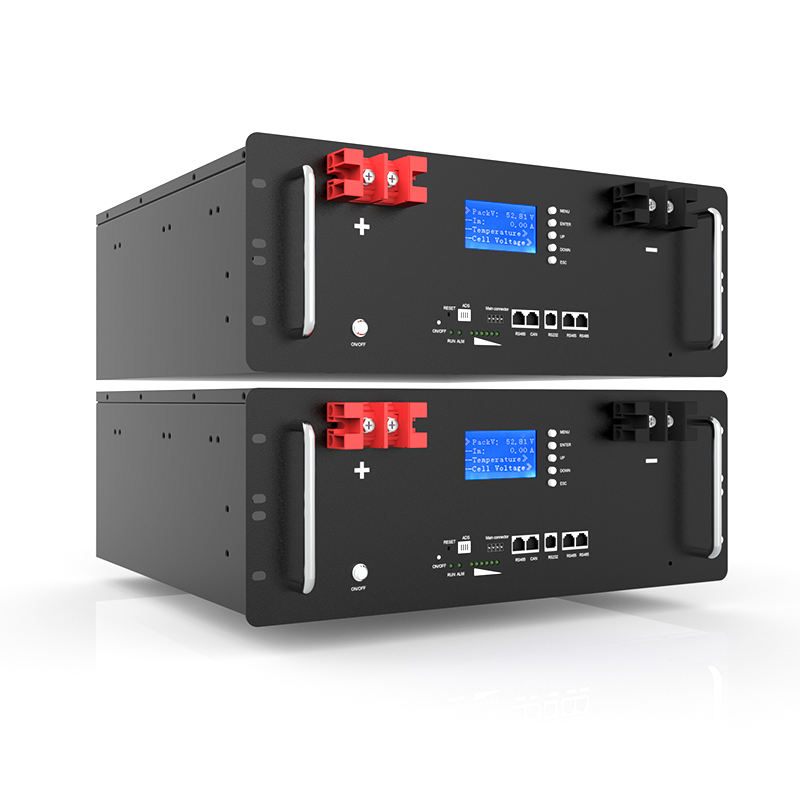1. Understand the risk of battery fire
2. Installation and maintenance of battery systems
Choose qualified installers: Make sure that solar power generation systems, energy storage batteriesand electric vehicle charging devices are installed by licensed professionals and comply with Australian standards (such as AS/NZS 3000 and AS/NZS 5139). Compliance installation not only improves system efficiency, but also minimizes the risk of fire.
Regular inspection and maintenance: Check the battery systemregularly for abnormal appearance, aging or corrosion, especially the connecting wires, plugs and battery casing. If any abnormality is found, be sure to contact a professional immediately for treatment.
Keep the equipment clean: Make sure there is no accumulation of flammable materialsaround the battery system, such as paper, cloth or other flammable materials, to prevent fire when the battery overheats.
3. Charging safety recommendations
Choose the right charging equipment: Choose original or standard chargers for electric vehicles, and avoid using uncertified third-party chargers, as they may have the hidden danger of unstable current.
Avoid overcharging: Try to avoid charging for long periods of time without supervision, especially at night. Many electric vehiclesand battery systems have automatic power-off functions, but you should still be vigilant and check the equipment regularly to see if it is working properly.
Stay away from high temperature environments: Do not charge electric vehiclesor energy storage batteries at high temperatures, and try to choose a cool, well-ventilated place for charging operations. In the hot summer, avoid parking electric vehicles in direct sunlight for a long time.
Equip with fire extinguishers: Equip your home with fire extinguisherssuitable for electrical fires (such as dry powder fire extinguishers) and ensure that family members are familiar with their use. In the event of a battery fire, the power should be turned off immediately and the fire should be controlled with a fire extinguisher.
Purchase appropriate insurance: Check whether existing homeand vehicle insurance covers losses caused by battery fires. If you are unsure, please contact your insurance advisor to confirm the coverage and consider adding relevant insurance coverage.
Develop an emergency plan: Develop a fire emergency planwith your family, clarify escape routes and meeting points, conduct fire drills regularly, and ensure that the whole family can evacuate quickly in an emergency.

Related News
- Home Energy Storage Systems in 2025 Trends, Benefits, and Market Outlook
- The Five Fundamental Design Principles for Energy Storage Cabinets
- Safety Guide for Homes with Solar Power Generation, BESS and EVs
- How Long Do Electric Vehicle Batteries Last? Comparing Lead-Acid & Lithium
- Application of lithium battery in ship
- How to transport lithium batteries more safely?
- New Trends in the Home Energy Storage Market
- This article will show you the difference between prismatic and cylindrical batteries
- What is cell balancing in batteries?
- 100Ah battery







